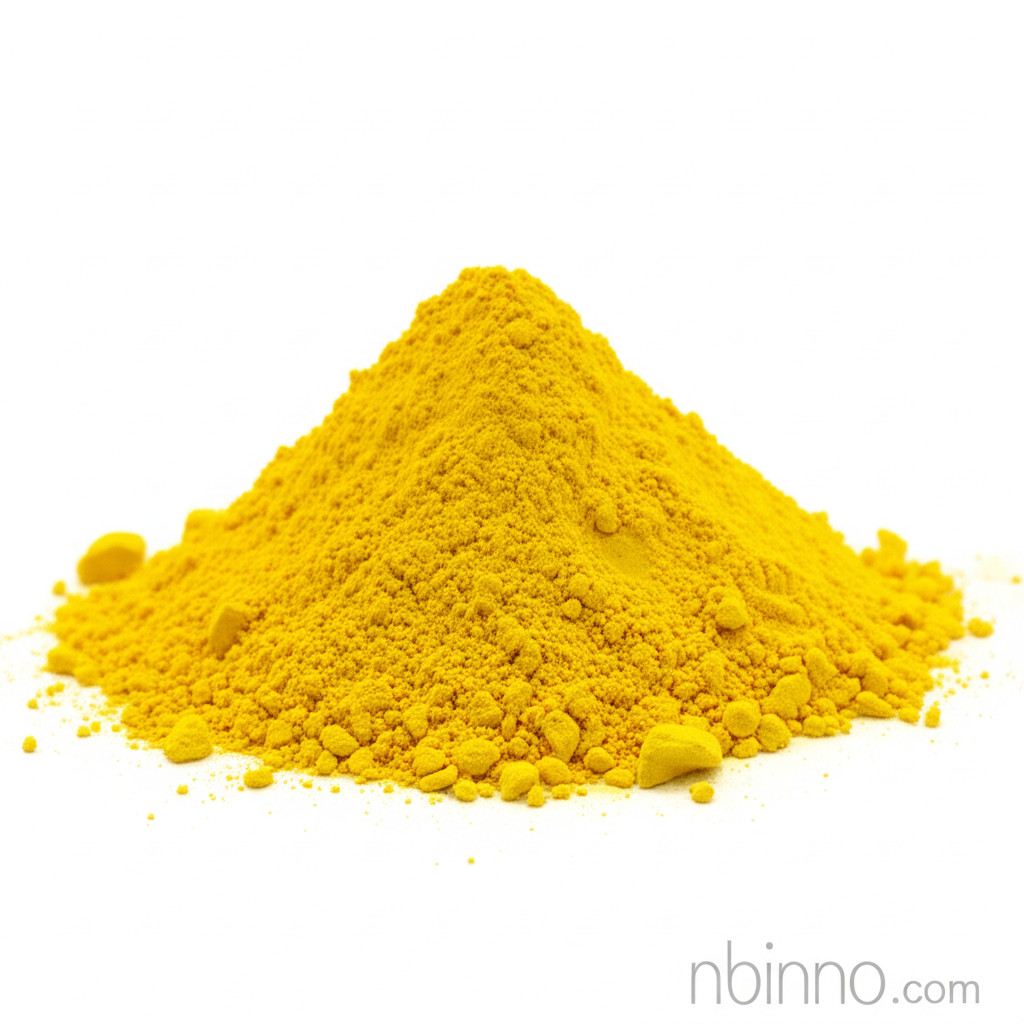Riboflavin Derivative: A Versatile Photoinitiator for Advanced Materials
Explore the photochemical properties and applications of a key riboflavin derivative in hydrogel synthesis and collagen cross-linking.
Get a Quote & SampleProduct Core Value

Riboflavin, 8-demethyl-6-methyl-
This specialized derivative of Riboflavin, also known as Vitamin B2, possesses significant photochemical properties that make it a valuable component in various advanced material applications. Its ability to generate reactive species under light exposure positions it as a key player in eco-friendly synthesis processes, particularly for hydrogels and in the enhancement of collagen's biomechanical stability.
- Harnessing Riboflavin's Photochemical Properties for Hydrogel Synthesis: Understand how this vitamin B2 derivative acts as a photoinitiator to enable the creation of novel hydrogel materials.
- Collagen Cross-linking for Enhanced Biomechanical Stability: Learn about the application of this riboflavin derivative in cross-linking collagen, improving tissue strength and resistance.
- Nontoxic and Biocompatible Photoinitiation: Discover the advantages of using this compound as an eco-friendly and biocompatible alternative for polymerization processes.
- Applications in Tissue Engineering and Biomedical Fields: Explore the potential of hydrogels synthesized with this derivative in regenerative medicine and other medical applications.
Key Advantages Offered
Versatile Photoinitiator
This riboflavin derivative serves as an effective photoinitiator, facilitating polymerization reactions with UV or visible light, contributing to eco-friendly synthesis of functional materials.
Biocompatibility and Safety
As a derivative of Vitamin B2, it offers a high degree of biocompatibility and low toxicity, making it suitable for biomedical and pharmaceutical applications.
Tunable Material Properties
The photochemical properties can be controlled by varying concentrations and light exposure, allowing for tunable mechanical and structural properties in the resulting hydrogels and cross-linked materials.
Key Applications
Hydrogel Synthesis
Used as a photoinitiator for the creation of hydrogels for applications such as drug delivery, cell encapsulation, and tissue engineering, leveraging its vitamin B2 hydrogel synthesis capabilities.
Collagen Cross-linking
Applied in the medical field, particularly ophthalmology, to strengthen collagen tissues through photo-induced cross-linking, as seen in collagen cross-linking riboflavin treatments.
Biomedical Engineering
Its biocompatibility and photochemical activity make it ideal for developing scaffolds and biomaterials for regenerative medicine and tissue repair, highlighting its role in tissue engineering biomaterials.
Eco-friendly Polymerization
Contributes to sustainable chemistry by enabling polymerization processes with reduced environmental impact, aligning with trends in eco-friendly polymer synthesis.
Related Technical Articles & Resources
Why Choose Us?
Leverage our expertise and state-of-the-art infrastructure to accelerate your journey from discovery to commercial success.
Global Experience
With 20 years of R&D, manufacturing, and sales experience, we proudly serve clients across 60 countries and regions worldwide.
Advanced Facilities
Our in-house R&D laboratory, pilot platform, and large-scale production workshop are equipped to meet the audit requirements of global customers.
Seamless Scalability
We facilitate a perfect transition from small-scale lab requirements (grams) to full commercialization (hundreds of tons).
